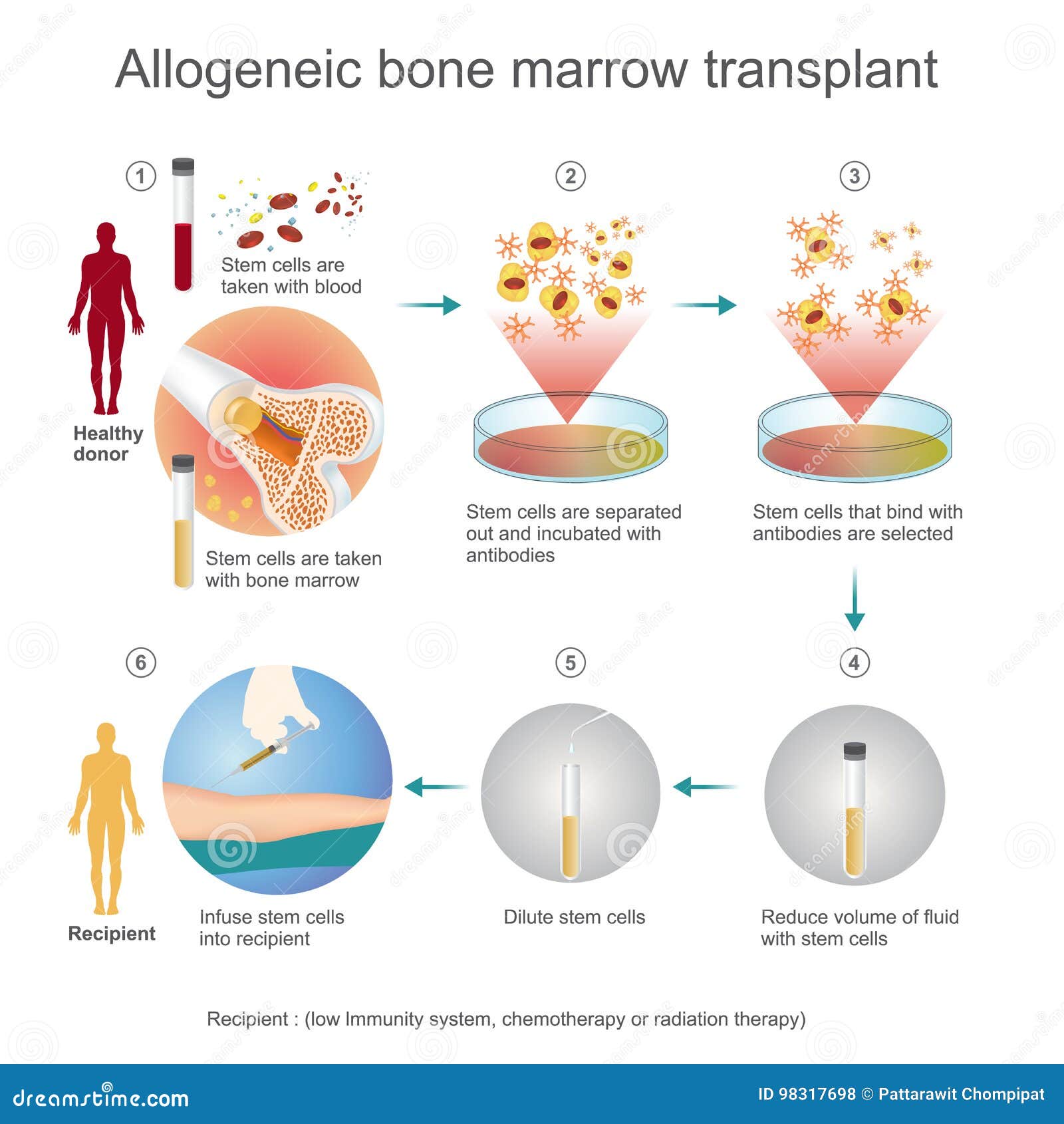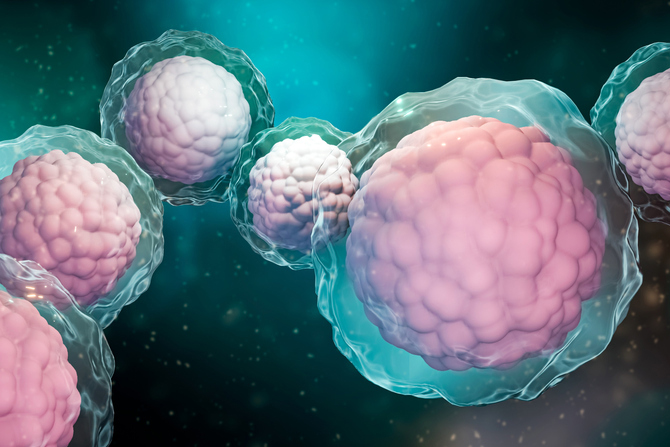
The condition is usually mild but can sometimes be life-threatening. GvHD can happen within a few months of the transplant or develop several months, or occasionally a year or 2, later. This is known as graft versus host disease (GvHD). Sometimes, the transplanted cells recognise the recipient's cells as "foreign" and attack them. People receiving transplants of their own stem cells (autologous transplants) are also less likely to experience serious side effects. Generally speaking, younger people who do not have any other serious conditions or those who receive transplants from a closely matched sibling are less likely to experience serious problems. You may wish to discuss them with your treatment team and your family. It's important that you're aware of both the risks and possible benefits before treatment begins. Strategies to enhance immune reconstitution may augment the immune response and improve the outcome of the patients with ASCT.Stem cell or bone marrow transplants are complex treatments that carry a significant risk of serious complications. Further studies may need to explore pathophysiology of vaccine failure. In conclusion, ASCT patients respond well to most vaccinations except for Hepatitis B and PPSV23. We found that maintenance treatment did not interfere with the vaccine response in the patients with myeloma after ASCT. We also evaluated the effects of maintenance treatment in the myeloma patients. In addition, repeated vaccination with PPSV23 did not improve the response of failure patients. Lymphoma patients also showed a similar response pattern. 76 % of MM patients responded to PCV13 serotypes, while only 41 % responded to PPSV23 specific serotypes (p: <0.01). PCV13 includes vaccine against 13 serotypes of S. We then analyzed the pneumococcal responses according to serotype. All patients had a 59% response to pneumococcal vaccination. More than 80% of the patients had a response to H. The response was higher but not statistically significant in the lymphoma group compared to the MM group (57 % versus 43.9 % P: NS). Only half of the patients (47%) responded to hepatitis B vaccine. Diphtheria and tetanus had 89% response rate to the vaccination in all patients (Table 2). The responses to these vaccines were investigated by checking antibody titers at a minimum of two months after completion of vaccination.īoth MM and lymphoma groups had similar pre-vaccination immunologic parameters, including IgG levels, absolute CD4+, and CD4+CD45RA+ cell counts (Table 1). Haemophilus Influenza B (HiB), hepatitis B, and TDAP/TD vaccines are administered within one year after initiation of vaccination.


The current ASCT protocol for active immunization includes three doses of pneumococcal conjugate vaccine (PCV13) from 6-12 months after ASCT, followed by a 23-valent polysaccharide pneumococcal vaccine (PPSV23). We retrospectively evaluated 73 ASCT patients, 55 with multiple myeloma (MM) and 18 with lymphoma between 20. All myeloma and lymphoma patients with ASCT who had vaccination and measured vaccination response, were included in the study. We aim to evaluate the vaccination response after ASCT.

The response to vaccination may affect the outcome of the transplant patients.

Guidelines recommend revaccination of patients after ASCT as standard care. Patients with autologous stem cell transplantation (ASCT) have a variable period of immune deficiency in the post-transplant period.


 0 kommentar(er)
0 kommentar(er)
